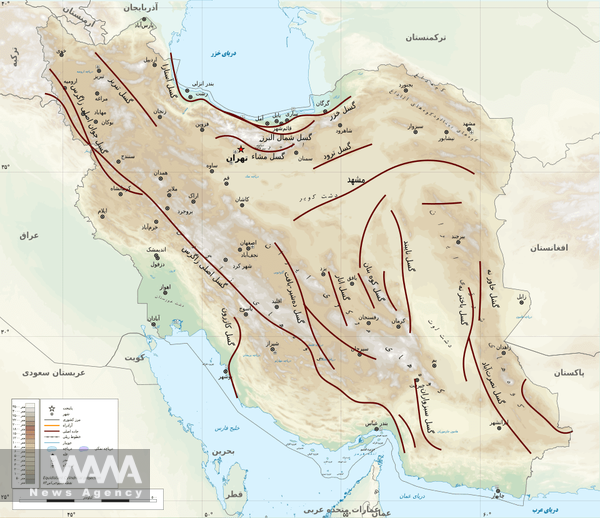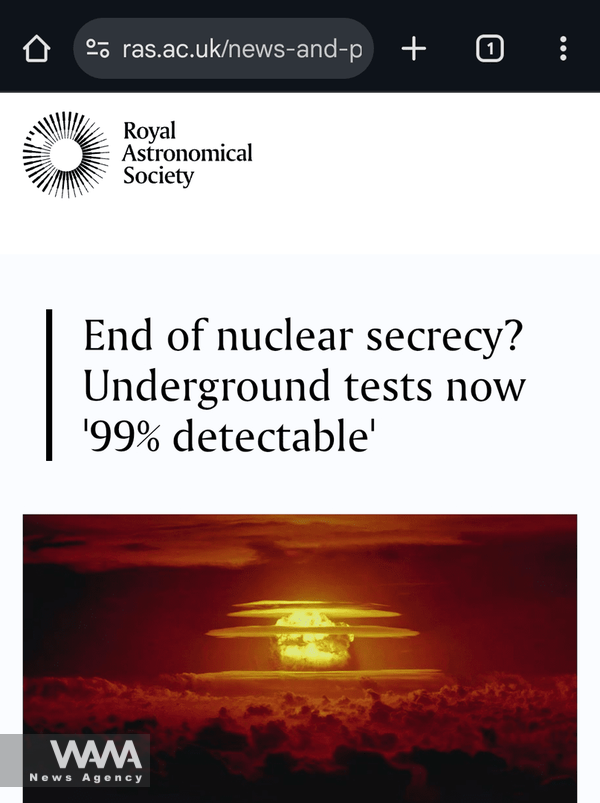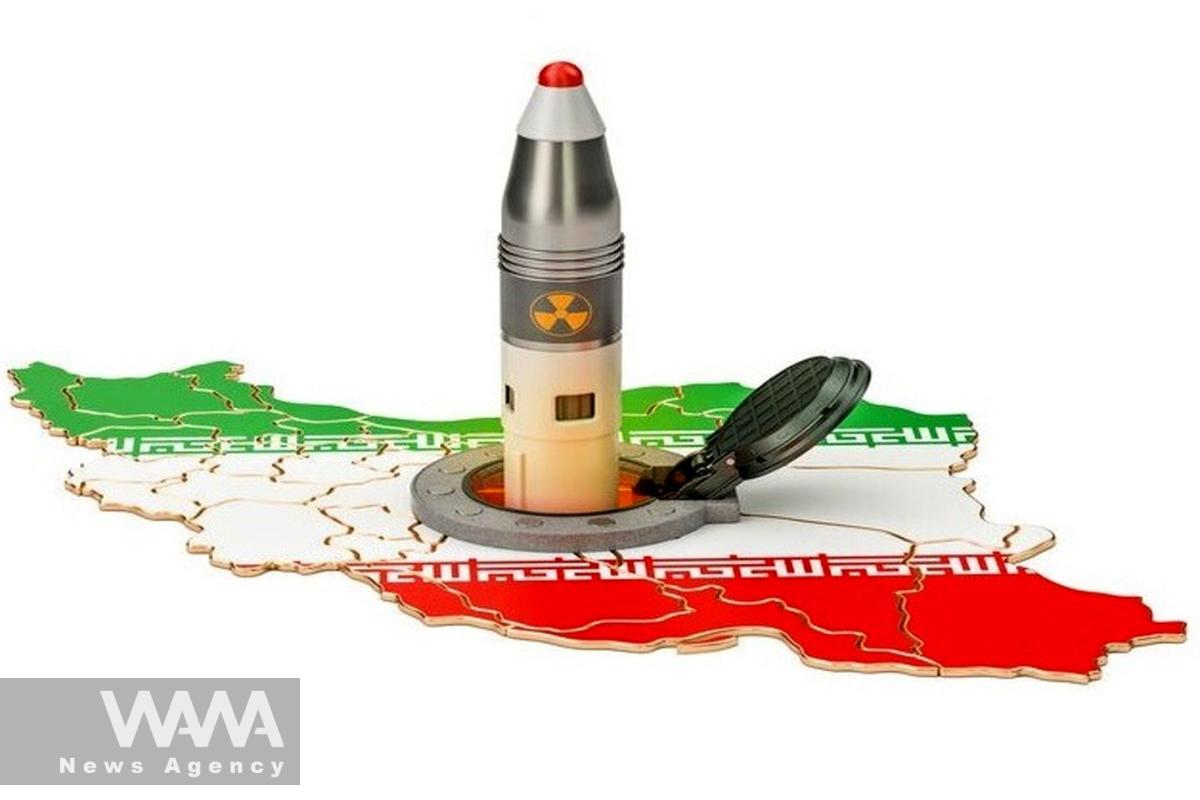WANA (Oct 03) – Early Friday morning, a 5.3-magnitude earthquake struck Zavareh in Iran’s Isfahan province. According to the Iranian Seismological Center, the quake occurred at a depth of 10 kilometers and was felt not only in nearby towns but also in Qom and Tehran. Local officials said assessment teams were immediately dispatched to the area, and so far no serious casualties or significant damage have been reported.
Yet, alongside the quake came a wave of rumors on social media. As in previous seismic events, some users speculated that the tremor was linked to a “nuclear test” or even a “nuclear bomb explosion.” These claims quickly spread online and dominated the digital space for several hours.


Map of Iran’s Fault Lines. Social Media / WANA News Agency
Seismology experts, however, reject such speculation. Data from Iran’s Seismological Center, in line with international standards, shows clear distinctions between a natural earthquake and a nuclear explosion:
Depth of occurrence: Natural quakes usually strike at depths of several kilometers, whereas underground nuclear tests occur only a few hundred meters below the surface. The Zavareh quake was recorded at 10 km depth, incompatible with any artificial explosion.
Seismic wave patterns: Earthquakes generate a mix of seismic waves, while nuclear blasts mainly produce pressure waves with an abnormal pattern. These differences are clearly identifiable in seismographic readings.
Range of impact: Earthquakes release energy across wide regions, as seen here where tremors were felt as far as Tehran. A nuclear detonation affects only a relatively small area, though with unusual intensity.
Aftereffects: A nuclear explosion would be accompanied by intense light, shock waves, and radioactive contamination—none of which were observed in Iran.


The Royal Astronomical Society’s research indicates that any nuclear test—at any depth underground—can be identified with 99% accuracy. Social Media / WANA News Agency
International research also supports this distinction. A 2024 report by the UK’s Royal Astronomical Society emphasized that nuclear tests can be identified with nearly 99% accuracy. In the study, scientists at the Australian National University were able to distinguish all six North Korean nuclear tests from 2006 to 2017 from natural earthquakes with precision.
Iran ranks among the world’s most earthquake-prone countries, recording thousands of small to medium quakes annually. Experts note that this geographical reality is enough to explain an earthquake in a region like Zavareh as part of the “rule” of seismicity in Iran—rather than an anomaly or mysterious event.
Still, the persistence of such rumors points to factors beyond geology. Social psychologists argue that a mix of fear, the desire for instant explanations, and the appeal of conspiracy theories helps such narratives spread faster than scientific data. Social media algorithms, favoring sensational content over official clarifications, further amplify the effect.
Experts advise citizens to rely on credible data from national and international seismological centers when facing earthquakes and to keep in mind a simple principle before sharing rumors:
Earthquakes cannot be predicted—but they can be distinguished from nuclear blasts with high accuracy.
